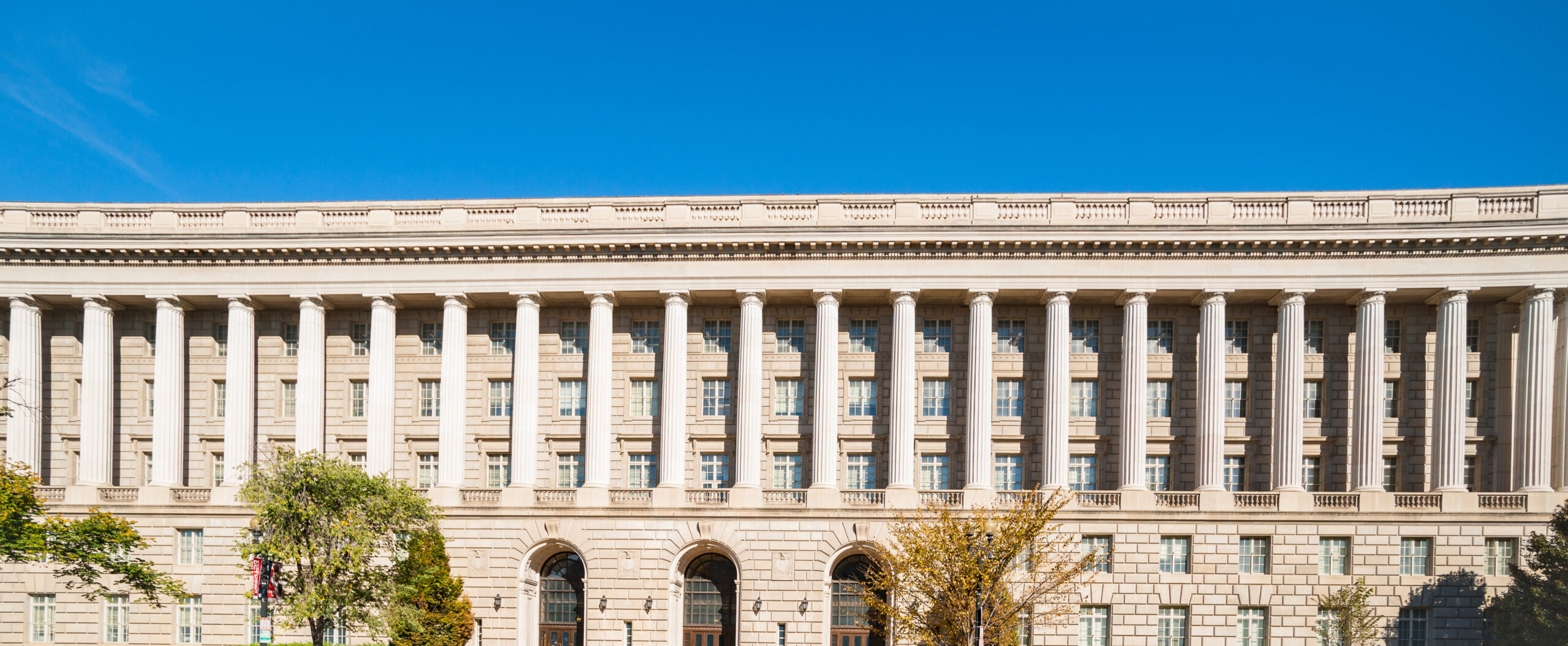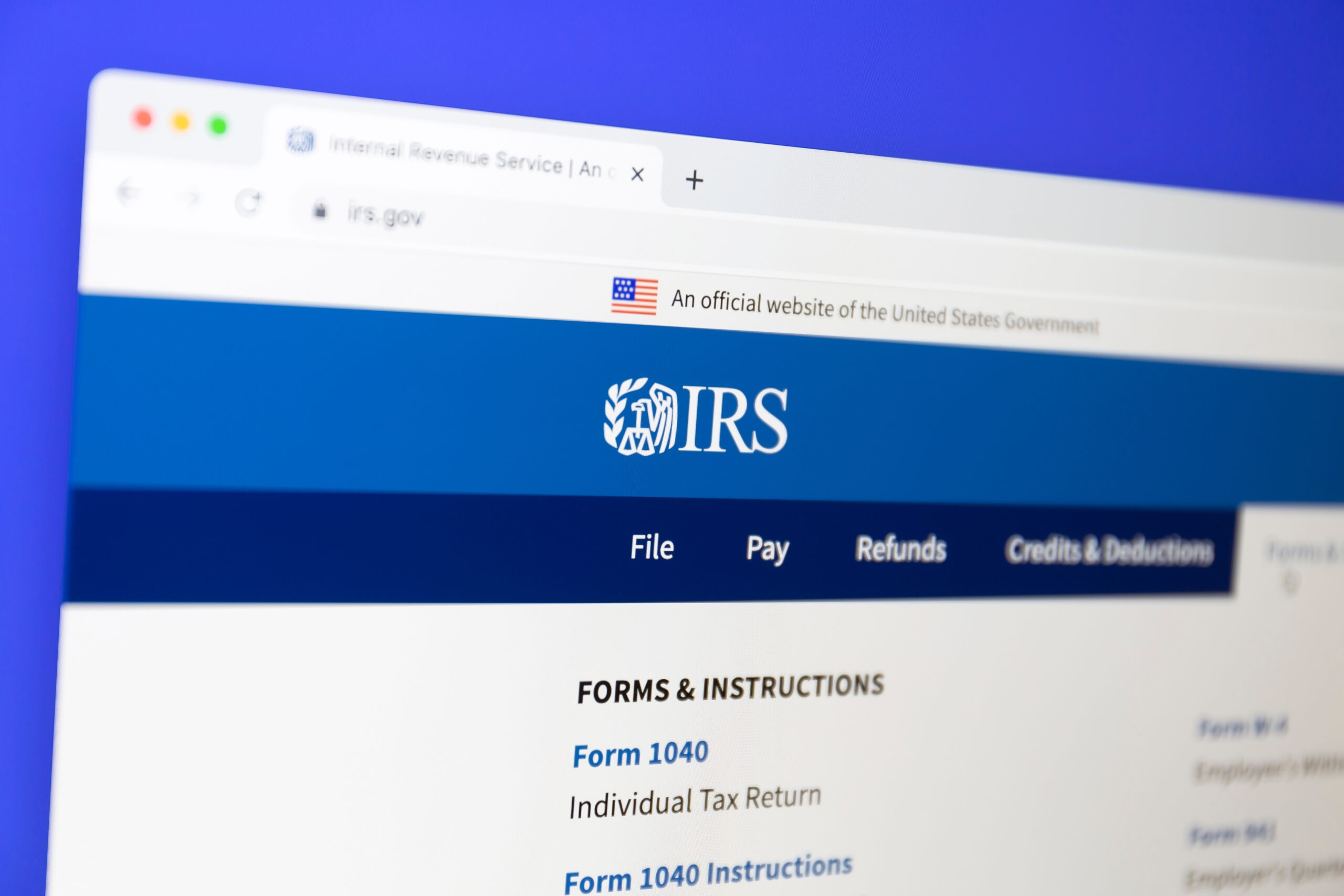16.6K
More Americans than ever are finding themselves owing tax debt to the IRS. Whether due to financial hardships or difficulties with tax complexity, you may qualify for tax relief.
The IRS recently announced in December of 2023 tax relief for Americans with failure-to-pay penalties for 2021 and 2022. If you’ve been worried about your ability to pay what you owe, this opportunity could put you in better financial standing.
Why Did The IRS Create This New Tax Change?
The arrival of the pandemic back in 2020 created unexpected hurdles for the IRS. Regularly scheduled automated notices to pay overdue tax bills were suspended until 2024. As a result, many Americans were unsure whether or not they owed money to the IRS. Since some ended up owing tax debt, the IRS decided to offer relief to help taxpayers get caught up. However, there are caveats on whether or not you qualify based on several details.
Which Americans Qualify For This Tax Relief?
To clarify: any money you owe the IRS falls under the umbrella of tax debt. This new debt relief announcement provides a penalty relief to nearly five million Americans, with the majority making less than $100,000 per year.
The bare minimum qualifications you need to potentially receive this tax relief include:
You are an individual, business, trust, estate, or tax-exempt organization
You filed your 2020 or 2021 tax returns
You received a penalty on your tax balance under $100,000
You may also qualify depending on the following factors:
You did not receive proper collection reminder notices in 2021 and 2022
You received a balance due notice between February 5th, 2022 and December 7th, 2023 (either a Notice CP14 or a Notice CP161)
You did not receive follow-up on the balances due
How To Get Tax Relief Under This Recent Change
If you’ve already paid in full your outstanding balance and live in the same address since 2021, you don’t need to take any action. Your failure-to-pay penalty amount will take the form of a tax refund sent to the address on record.
Have you moved since filing your 2021 or 2022 taxes? You’ll need to take another step. Submit a Form 8822 Change Of Address or a Form 8822-B Change Of Address Or Responsible Party – Business. If not, your tax refund could be sent to your prior address and you could miss vital documents.
For those of you who haven’t paid the penalty yet, you also have options. The IRS will issue you a credit, so check your online IRS account to see any new changes to your balance.

When You Should Expect To Receive A Refund
Since the announcement was in December 2023, you should have already received a refund by the end of January. If you still haven’t received one, the IRS may send you an additional notice with your updated balance.
It’s also important to know that, even if you qualify for relief, you will be subject to a failure-to-pay penalty by March 31st, 2024.
What Do I Do If I Don’t Qualify For This Refund?
The goal of the IRS is to ensure a consistent system where everyone pays their fair share. However, they understand that many Americans can struggle to pay their tax debt for several reasons. You can still seek out tax debt forgiveness options such as:
Filing past due taxes or fixing an incorrectly filed tax document
Reaching out to a professional tax service for assistance
Ask for an installment payment plan
Check if you qualify for a Currently Not Collectible status
What Happens If I Can Pay, But Not In Full?
If you find yourself able to pay some of what you owe, but not in full, you have options. The IRS states you don’t have to wait until you receive a tax bill to set up a payment plan.
You have several remote options for quickly and easily setting up a plan. You can set up a plan through the Online Payment Agreement tool or by phone. There’s no need to file paperwork or visit in-person.
If you feel you’ll have a difficult time paying in full, you can also apply for an offer in compromise. This option allows you to settle a tax liability for less than the amount you owe.
Last but not least, you can also request a temporarily delayed collection. Some Americans use this option when they experience a situation that makes it hard to pay, such as injury or illness. However, you will still receive penalties and interests until you pay in full.


